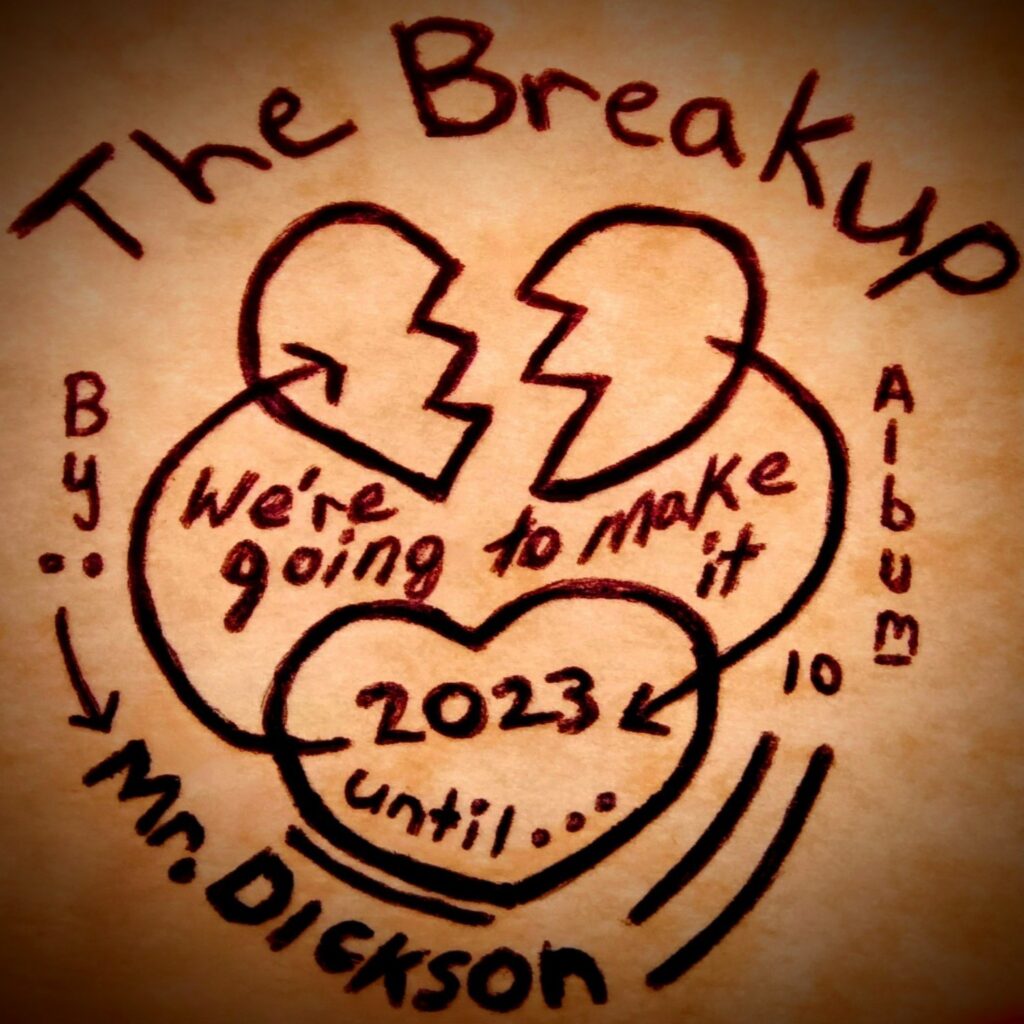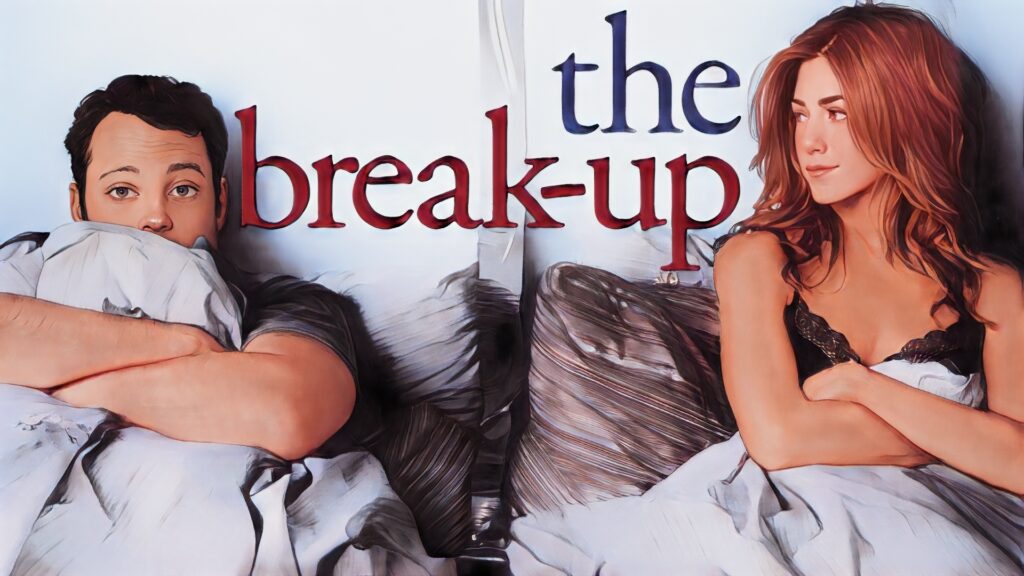

Mr. Dickson’s album, “The Breakup,” and the 2006 comedy film, “The Breakup” starring Jennifer Aniston and Vince Vaughn, while seemingly worlds apart, share more than just a title. They are both artistic expressions of the universal experience of relationships ending – a theme as old as time yet always fresh. Both works explore the emotional turmoil, the stages of grief, and the inevitable self-discovery that follows a breakup, albeit through two distinctly different mediums – music and film. In this article, we delve deeper into these two creations, drawing parallels and highlighting differences, as we journey through the world of heartbreak as portrayed by Mr. Dickson and the film’s directors.
About The Breakup” movie Vs. Mr. Dickson’s “The Breakup” album
“The Breakup” movie revolves around Gary and Brooke, a couple living in Chicago who decide to end their relationship due to persistent arguments and conflicting personalities. Despite their breakup, they continue to share the condo they jointly own, leading to a myriad of humorous and awkward situations as they vainly attempt to make each other jealous. The movie follows their emotional journey, exploring themes of love, loss, and the importance of communication in relationships.
On the other hand, Mr. Dickson’s album “The Breakup” is a sonic journey through the emotional landscape of a heartbreak. Each song represents different stages of a breakup – denial, anger, bargaining, depression, and acceptance. The lyrics and the melody work together to narrate the story of a man grappling with the end of a love affair, his struggle to come to terms with the loss, and his eventual acceptance and personal growth. Unlike the movie, the album does not follow a linear narrative but instead captures the cyclical and often messy process of recovering from a broken relationship.
What are the similarities?
One major similarity is the emotive storytelling that both the album and the film employ. Mr. Dickson’s lyrics and the film’s script weave tales of heartbreak and recovery that are deeply relatable.
The second similarity is the use of humor as a coping mechanism. The Breakup, with its comedic undertones, uses humor to soften the blow of the painful realities of a breakup, much like how Mr. Dickson’s light-hearted tunes in some of his tracks serve the same purpose.
Also both the album and the film chart the journey of emotional growth following a breakup. They depict the protagonists evolving from a state of denial and despair to acceptance and self-improvement, providing a hopeful narrative to their audiences.
How do the two relate
Relatability and Universality: Both the album and the film are grounded in the universal theme of love and heartbreak, making them relatable to a wide audience. They tap into the raw emotions that are synonymous with the experience, thereby establishing a connection with the audience.
Artistic Merit: The Breakup Album and The Breakup Movie are both high-quality works of art. Mr. Dickson’s poignant lyrics combined with his soulful music create a deeply moving experience for the listener. Similarly, the film, with its well-written script, skilled acting, and comedic timing, offers an engaging and memorable viewing experience.
Message of Hope and Recovery: Despite the inherent pain in their narratives, both the album and the film ultimately offer a message of hope and recovery. They illustrate the potential for personal growth and self-discovery that can arise from heartbreak.
Humor as a Coping Mechanism: Humor plays a significant role in both works. In the album, Mr. Dickson uses witty lyrics and upbeat melodies to bring lightness to a heavy topic. The film also leverages comedic elements to provide relief from the drama, underscoring the importance of laughter in the face of adversity.
Bottom Line
“The Breakup” movie and Mr. Dickson’s “The Breakup” album, despite their different mediums, mirror each other in expressing the universal human experience of heartbreak and recovery. They both offer a mix of emotion and humor, providing audiences with both deep reflection and light-hearted relief, making them timeless works in their own rights.
